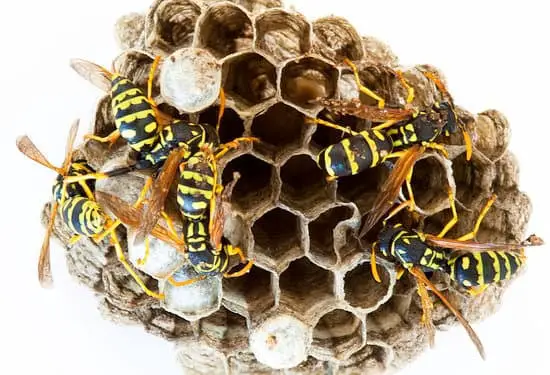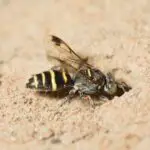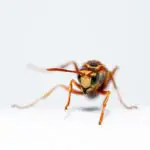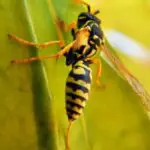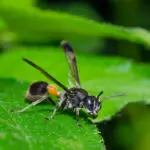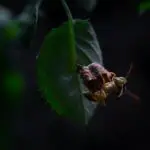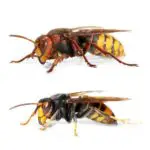Fig Wasps
Fig wasps are a group of insects which are part of the order Hymenoptera. These insects are mostly wingless and have one pair of jointed legs on the head and three pairs of jointed legs on the thorax. These insects also have an exposed mouthpart.
Fig wasps depend on fig fruit-bodies for survival. The fruit-bodies contain the seeds and other nutrients. They also offer a comfortable nursery for the wasps. The wasps have evolved with figs for more than 65 million years. These insects have also developed a remarkably varied reproductive pattern.
They are very small insects, usually only five millimeters in length. Unlike the majority of insects, they have a head with only one pair of antennae. The thorax has 11 segments. The female has two pairs of legs, while the male has only one pair of legs.
The wasps are very important to the life cycle of the fig tree. They are the primary pollinators of fig trees. They can be found in 900 different fig tree species. Each species of fig tree has a different type of pollinator. The wasps are dependent on the fruit-bodies for food and shelter.
Fig wasps can be found in the wild in many tropical rainforests. There are two main groups of fig wasps, the agaonidae and the chalcidoidae. The agaonidae is comprised of mutualistic pollinating fig wasps. The chalcidoidae includes parasitic, non-pollinating fig wasps. Both groups are closely related to one another.
